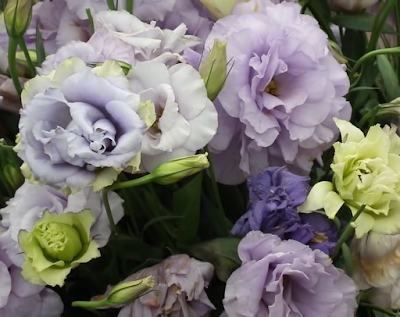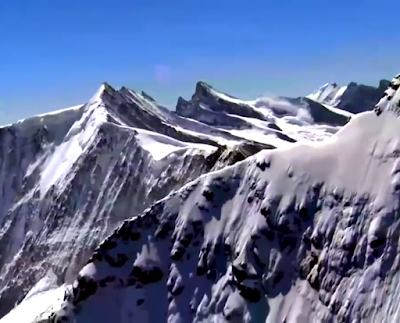What are fossil fuels?
Fossil fuel are oil, natural gas, and coal, which formed from the fossilized remains of plants and animals. In prehistoric times, dead animals and plants became buried inside sedimentary rocks and slowly turned into fossils. Over millions of years, heat and pressure changed the fossil into fuel, in the form of oil, gas, and coal, which can be burnt to release heat.
Where do oil and gas come from?
Oil and gas come from rocks deep within the ground. People use very long drills and pipes to release oil and gas. The rocks are sometimes under land but are often found under the ocean. People drill holes deep into the sea floor and squirt chemicals down the wholes to release the fuels. The oil and gas can be made into gasoline, plastic, and other products.
When will fossil fuel run out?
As per estimates the world oil and gas will run out by 2050, and coal by 2100, if we continue using them at the same rate as today and don't discover any new stores of them in the ground. Fossil fuels are non renewable, which means once they are used up they are gone. To save energy, people must use more renewable energy, such as sunlight, wind, or moving water, that will never run out.
Can people turn waste into fuel?
Yes, heat energy is released when plant waste, such as unwanted wood or crops, is burnt. "Biodegradable waste", such as leftover food, animal manure, scrap paper, and weeds, is degraded, or broken down, by bacteria to make biogas and fuel. Some crops, such as sugar cane and corn, are specially grown to make biofuel.












